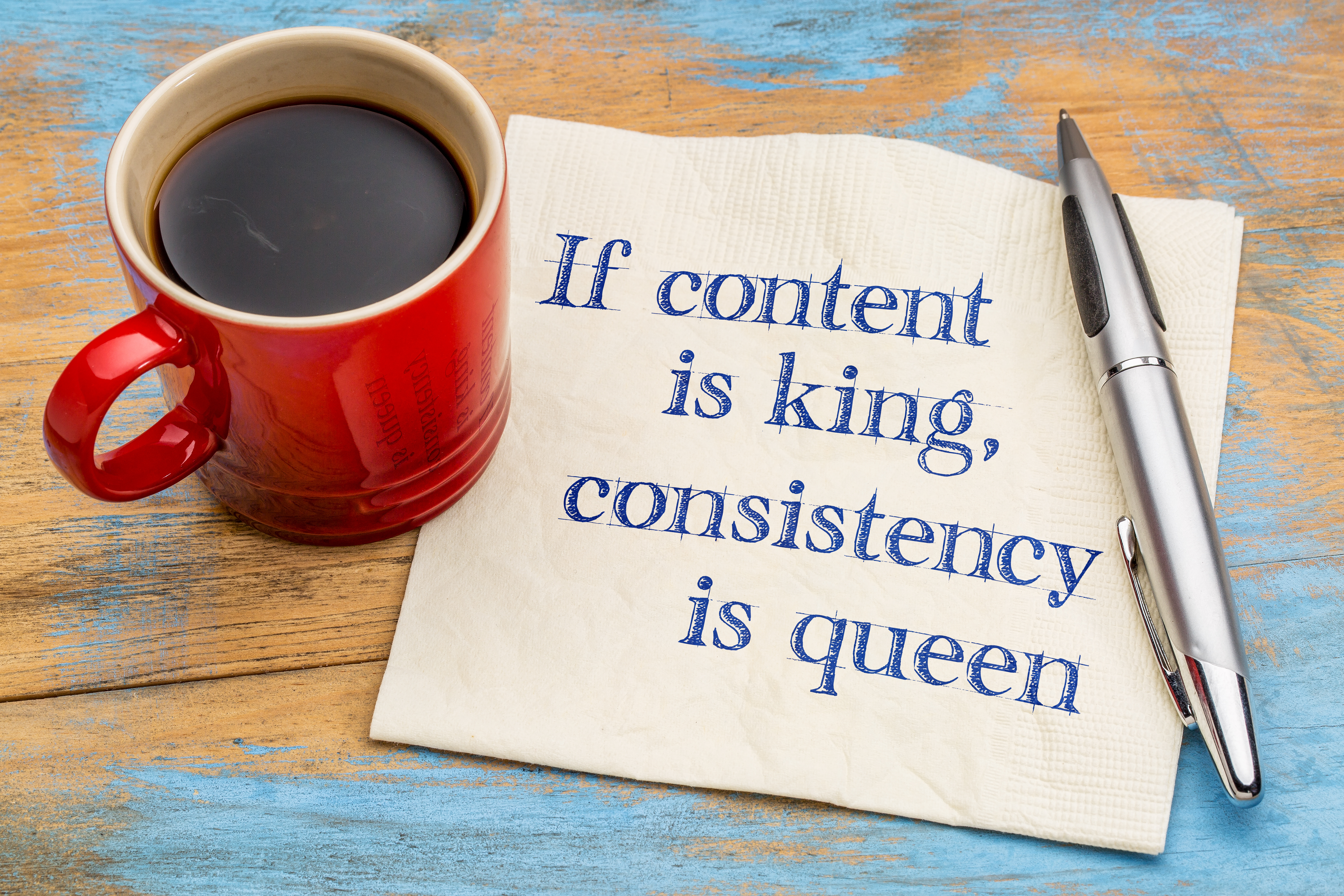Tag: consistency
-

Consistency in learning: comforting or boring? (Part 2)
Consistency between courses Last week I explored the reasons that consistency is important within a single course. This week I’ll look at whether it is just as important to maintain consistency from course to course. For this post, I wanted to look at various perspectives like I did last week, but I struggled to find…
-

Consistency in learning: comforting or boring? (Part 1)
Consistency within a course The phrase “consistency is key” is so ingrained in a learning experience designer’s mind that it is always a shock when someone, usually of a different profession, desires otherwise. When I began a new job, I was told that the higher ups wanted as much variety as possible in our eLearning…